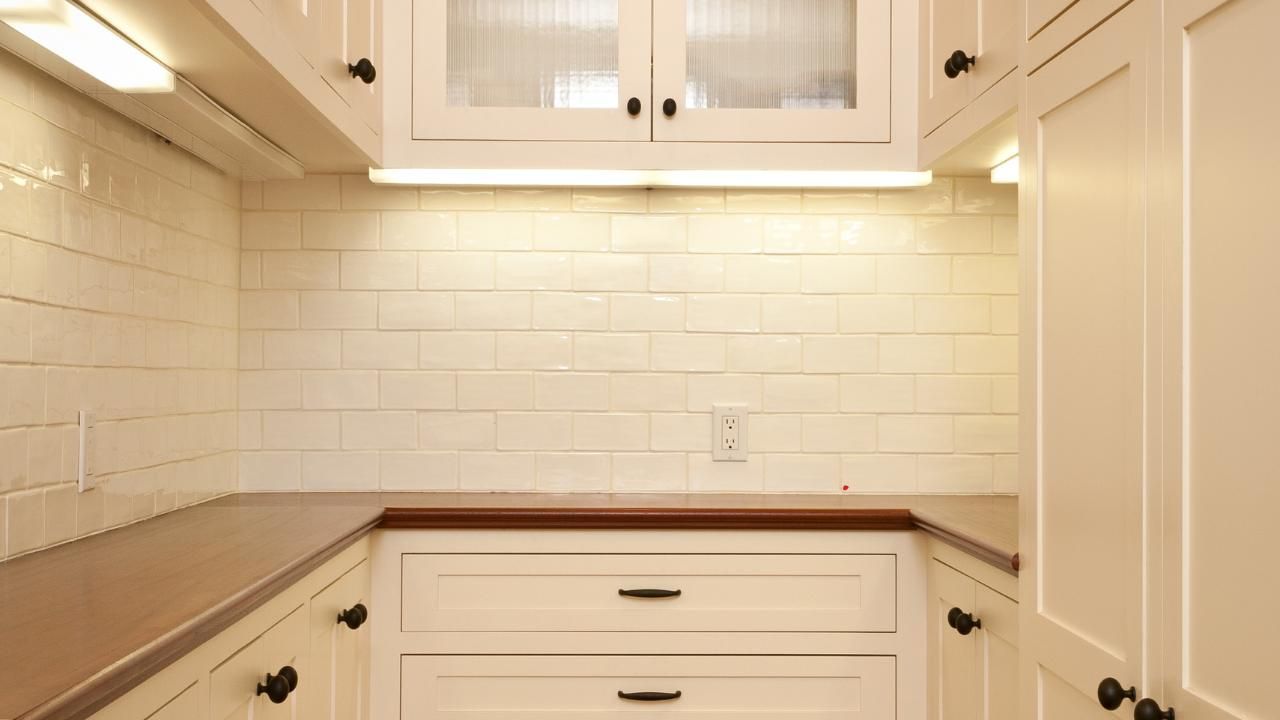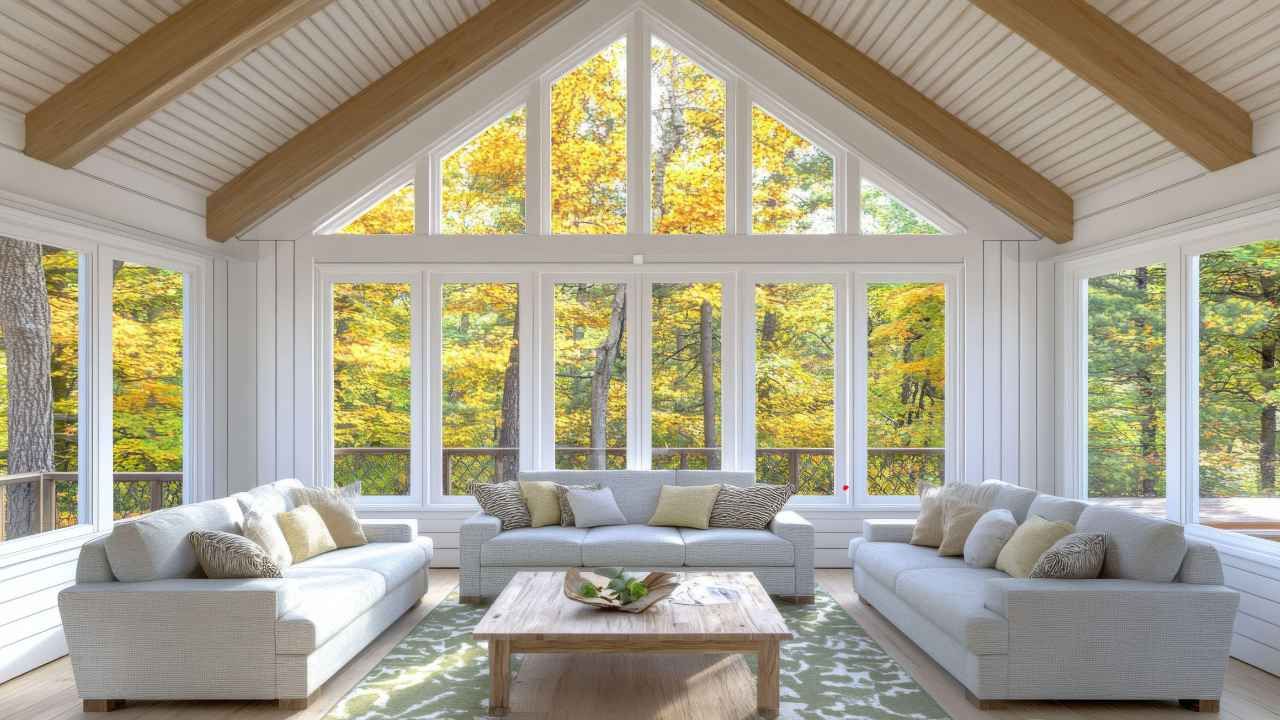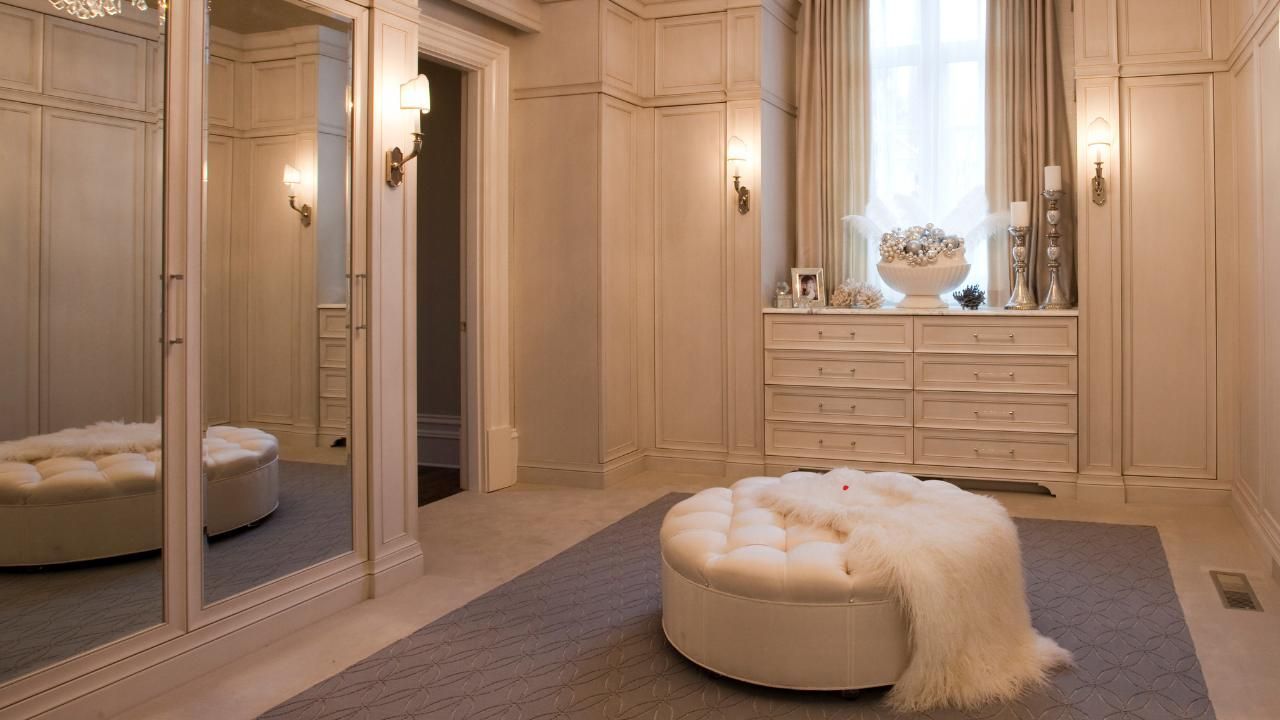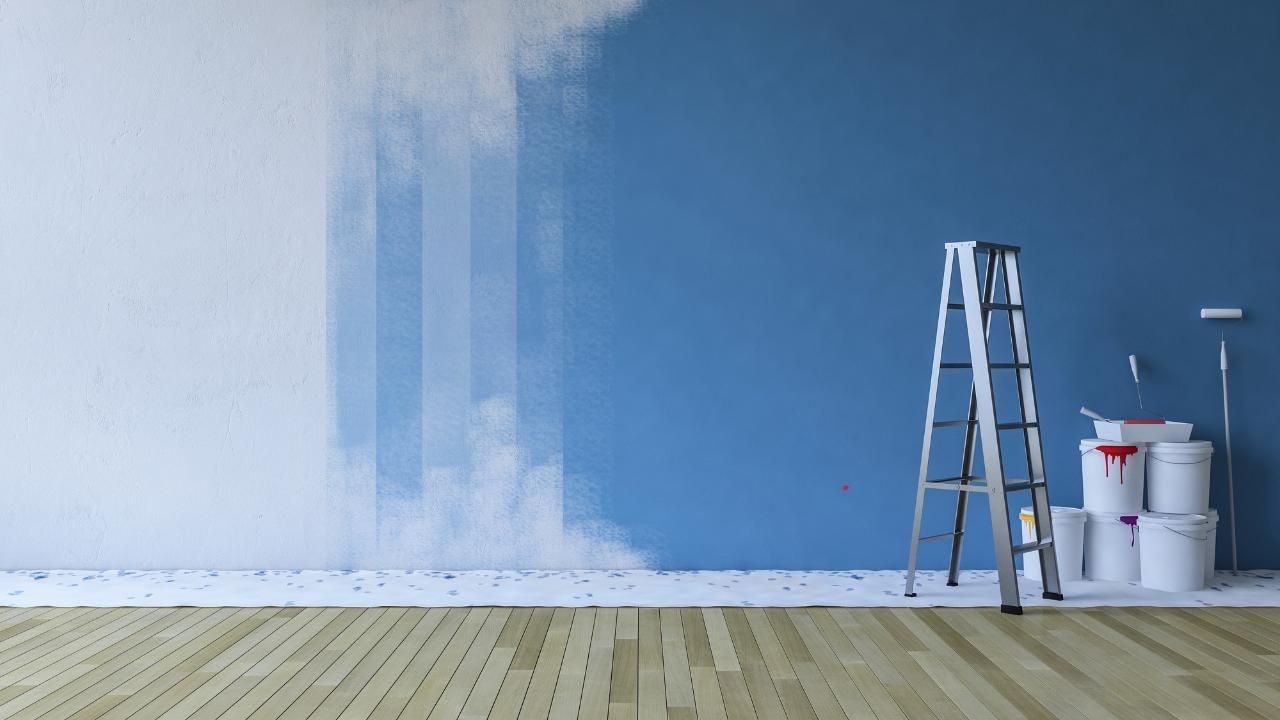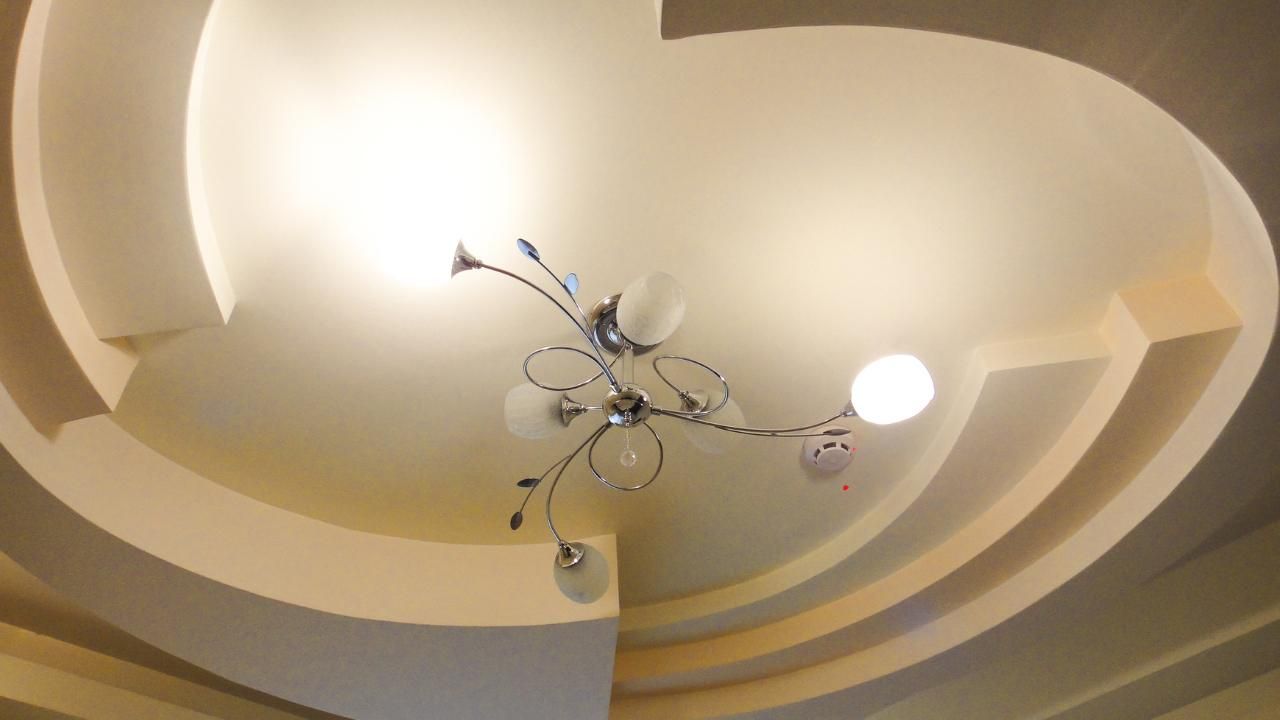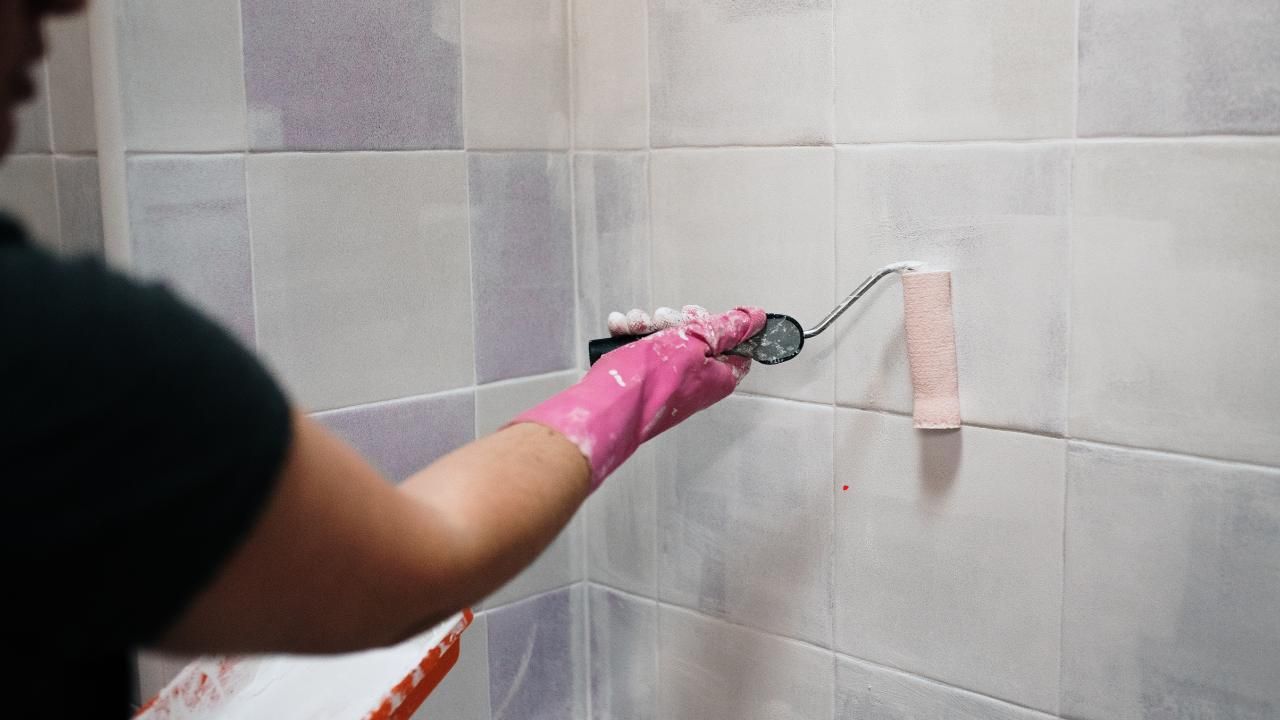Monochromatic Rooms: Should the Ceiling Match Everything?
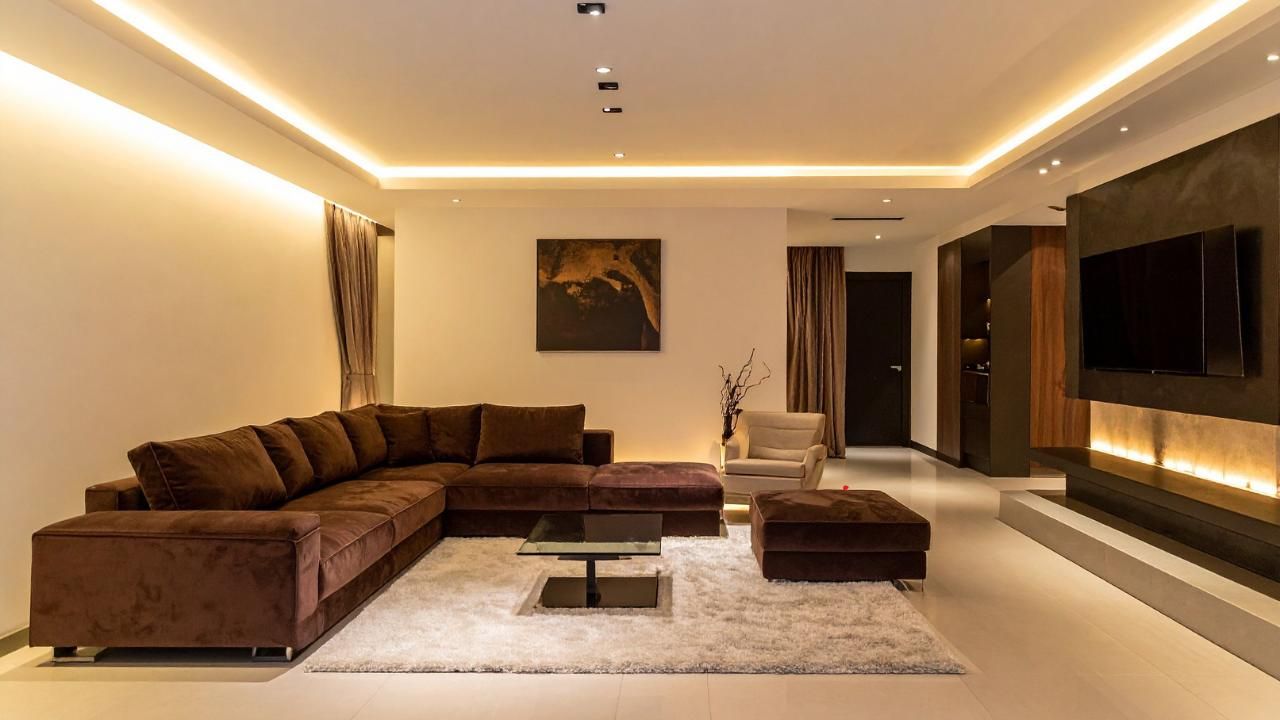
When you walk into a room where every surface flows in perfect color harmony, it can feel calming and sophisticated. But when everything—walls, trim, and even the ceiling—shares the same hue, it raises a timeless design question: should the ceiling match everything else? It’s a debate that homeowners, designers, and even a seasoned house painter contractor have wrestled with for decades.
This post explores what happens when you paint your ceiling the same color as your walls, when you shouldn’t, and how to make the right decision for your space.
The Power of a Monochromatic Palette
Monochromatic rooms are trending for good reason. They create a unified, serene look that can make even small spaces feel intentional and well-designed. Using variations of the same color—lighter or darker shades of one hue—can create depth and visual balance without overwhelming the senses.
But the ceiling? That’s the wild card. Traditionally, ceilings are painted white to open up a room and reflect light. However, more designers today are breaking that rule to create moodier, more immersive spaces. Ash Painting of Eugene Oregon, for example, has completed dozens of projects where the ceiling matched the walls, and the results ranged from cozy reading nooks to elegant living rooms that felt taller and more cohesive.
When Matching the Ceiling Works
Painting your ceiling the same color as your walls can transform how a space feels—if used thoughtfully. Here’s when it works best:
- Smaller rooms: Keeping everything one tone can make a small space feel seamless and less chopped up.
- Rooms with low ceilings: Using a dark, rich color all around can actually make the ceiling seem to “disappear,” visually raising the height.
- Modern or minimalist designs: Uniform color schemes fit perfectly in contemporary interiors that favor simplicity and flow.
- Moody spaces: Bedrooms, libraries, and dens benefit from this enveloping effect—it adds a sense of intimacy and calm.
Case Study:
A recent project involved a homeowner who wanted to convert a guest bedroom into a home office. The color of choice was a muted sage green, applied across the walls, trim, and ceiling. With the help of professional
house interior painting services, the final result was stunning—a cocoon-like workspace that felt warm, grounded, and free from visual clutter. The uniform tone drew attention to the furniture and artwork instead of the room’s boundaries.
When It’s Better to Contrast
Of course, not every room benefits from a matching ceiling. Here’s when it’s best to keep it traditional:
- Low-light spaces: A white or off-white ceiling reflects more light, helping brighten dark rooms.
- Large or open-plan areas: Contrasting ceilings can help define separate zones within a space.
- Decorative ceilings: If you have crown molding, beams, or texture up top, a lighter tone makes those features pop.
- Ceilings over 9 feet: Painting everything the same dark color might make the room feel cavernous rather than cozy.
The key is balance—your ceiling color should enhance, not compete with, the room’s natural light, furnishings, and function.
Finding the Right Approach for You
If you’re still torn, sample your colors first. Paint swatches on the upper corners of your walls and extend them onto the ceiling. Then, observe how the light shifts throughout the day. You’ll quickly see whether the color enhances your space or makes it feel closed in.
And when it’s time to make that final call, working with an experienced painting team can make all the difference. A skilled crew like Ash Painting of Eugene Oregon can guide you through the subtleties of color temperature, sheen, and finish—ensuring your ceiling complements your design vision perfectly.
The Takeaway
Matching your ceiling to your walls isn’t about following or breaking rules—it’s about creating the mood you want. Done right, it can make a room feel expansive, cohesive, and deeply personal. Done wrong, it can flatten a space or overwhelm it.
Before you pick up a roller, think about your lighting, room size, and how you want the space to feel. Then, if you need a trusted house painter contractor,
reach out to professionals who understand the art and science behind color harmony.



